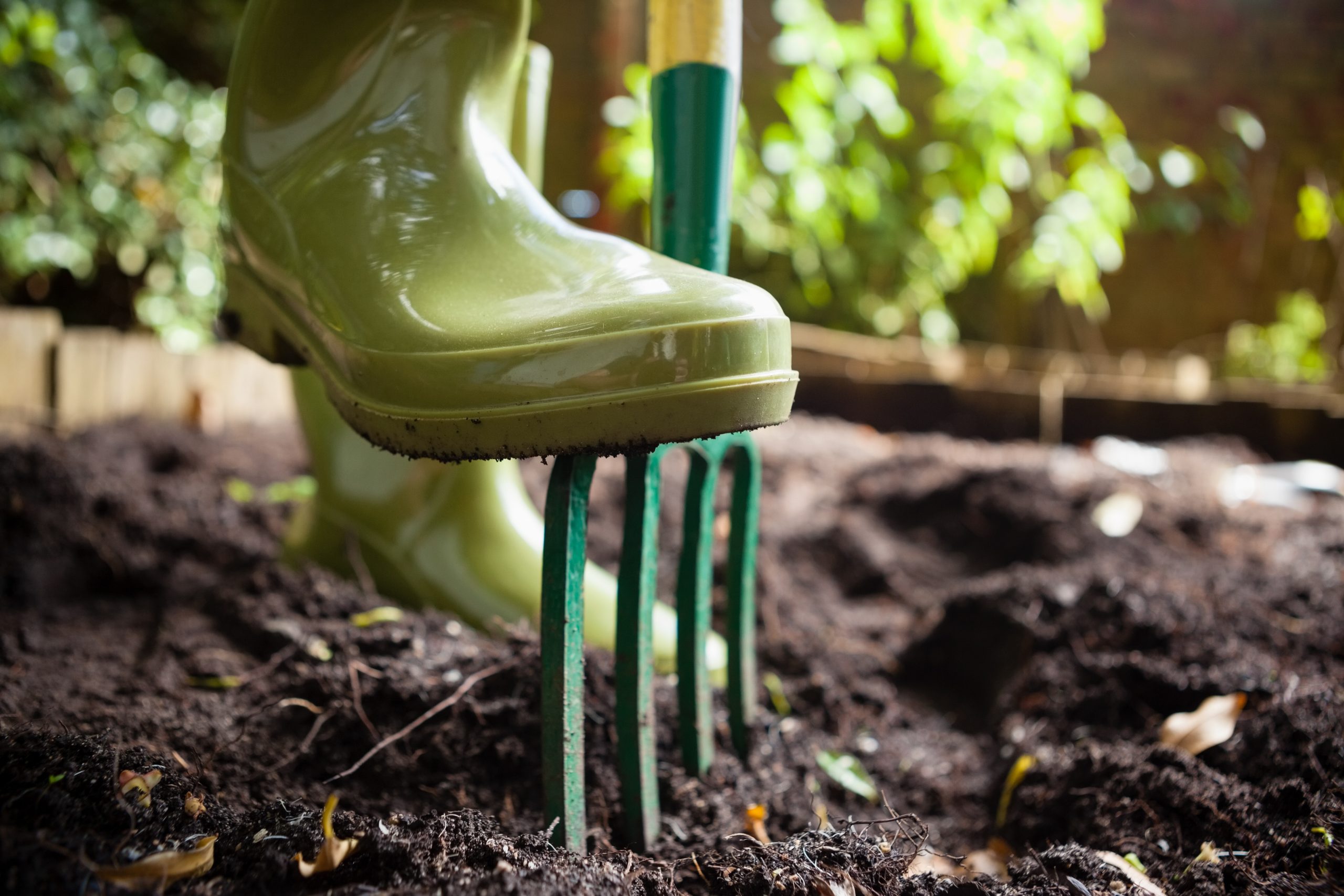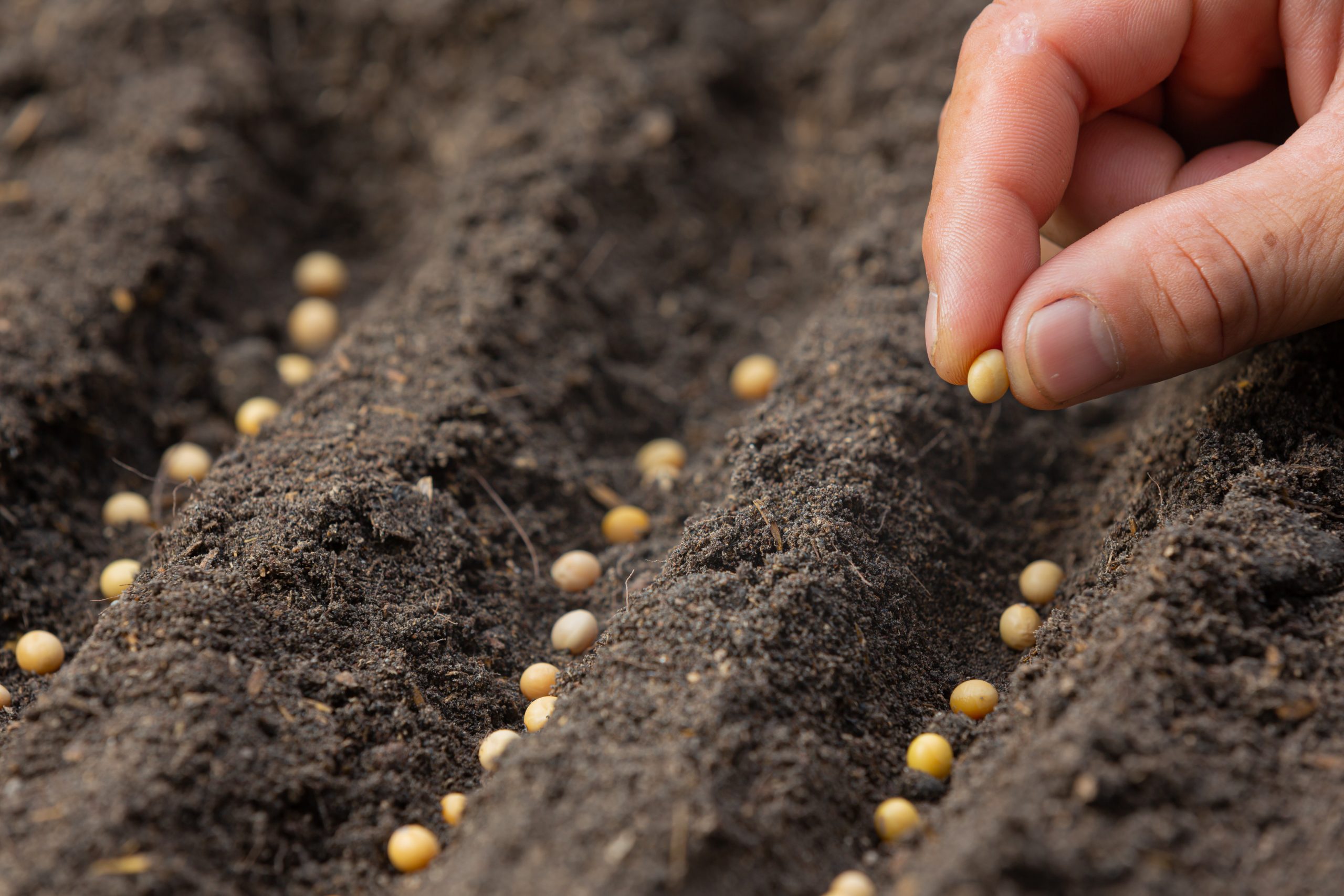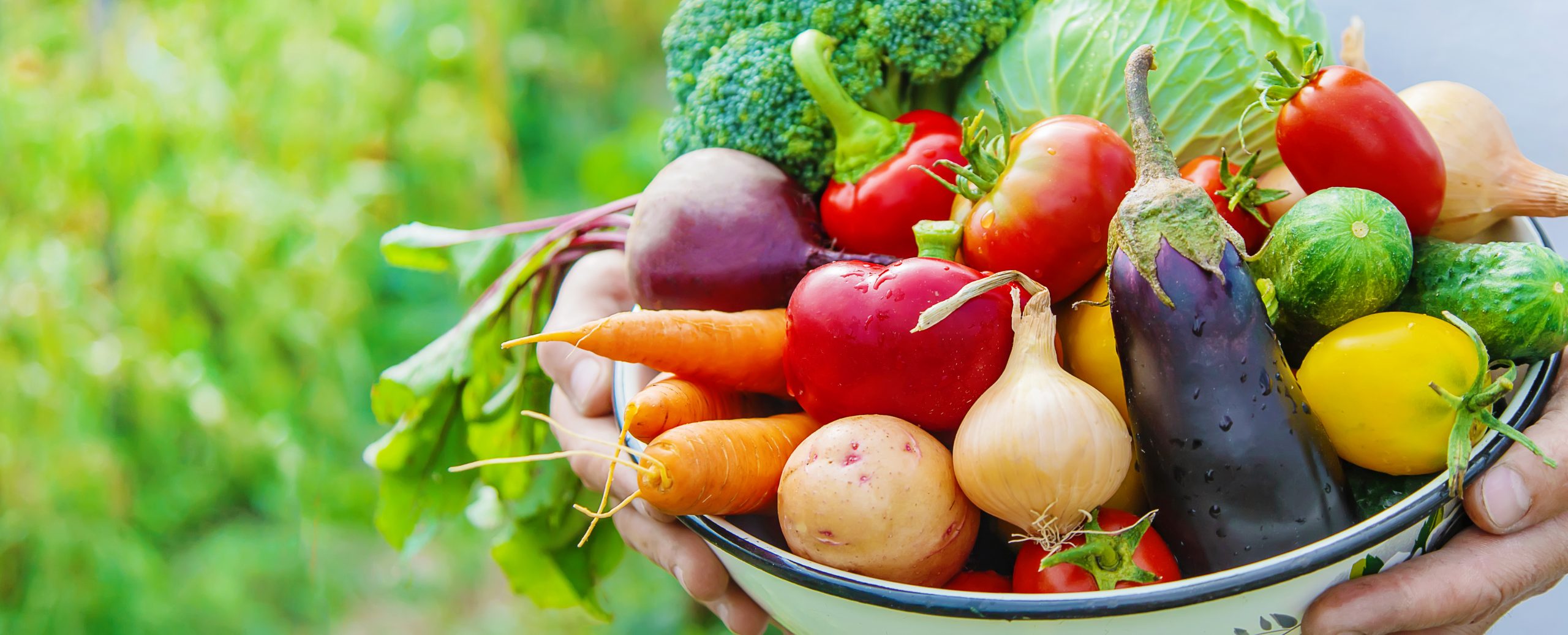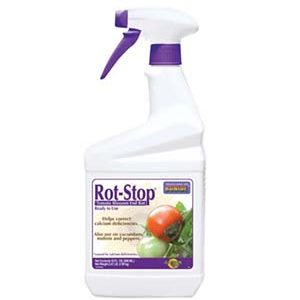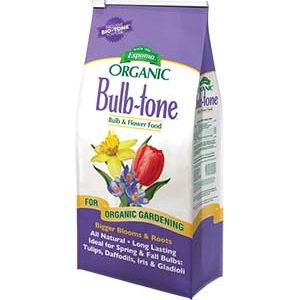Consider The Space
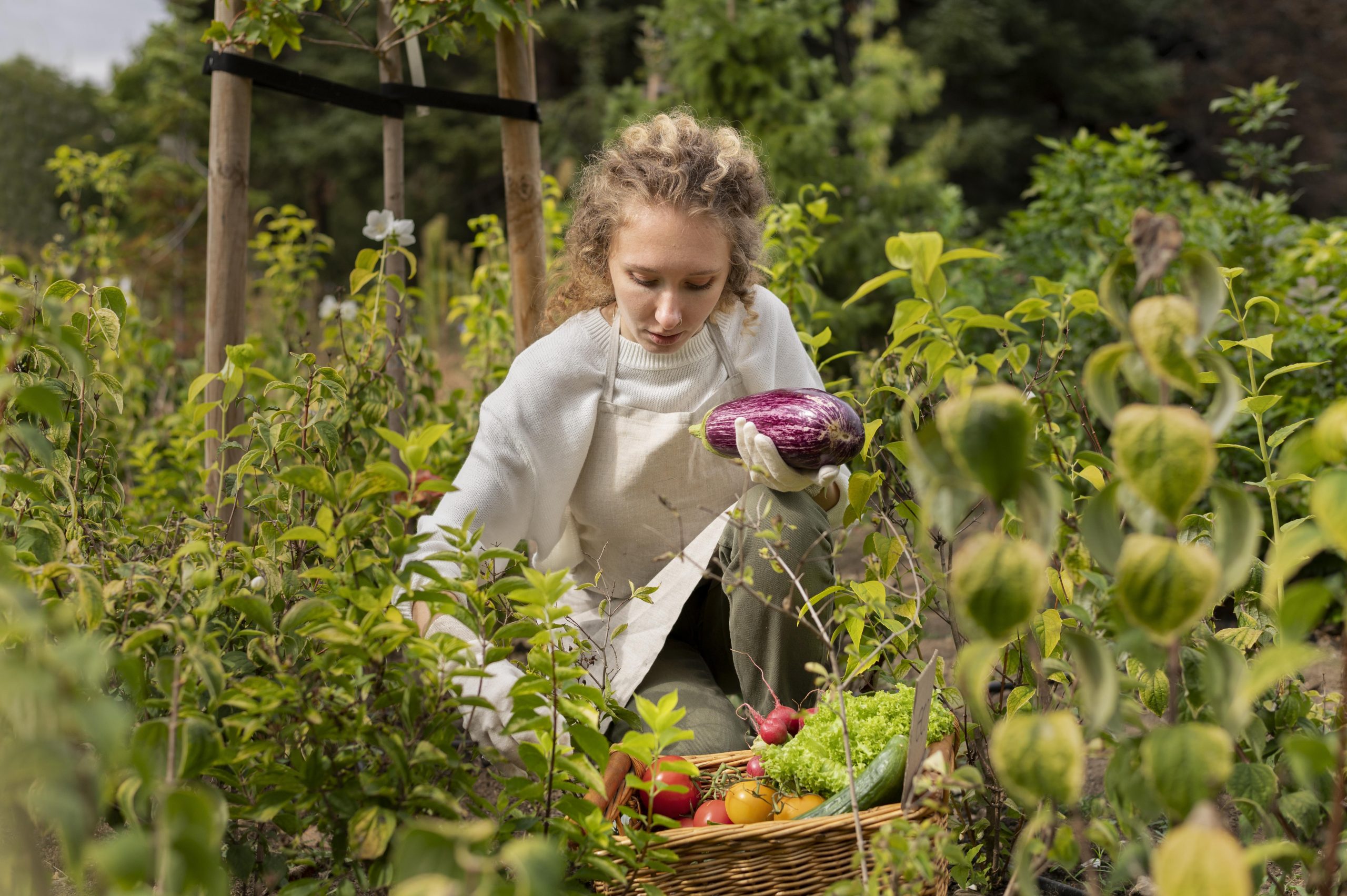
After you have your site chosen, think about how big to make your new garden. When considering how to start a vegetable garden you should also think about how much time you have to care for it.
We suggest a 10 foot by 10 foot or 12 foot by 12 foot garden to start with at most. This will give you enough room to grow some staple crops without getting too far in over your head. Start smaller if you live alone or you’re worried it will be too much work. You can always make it bigger in subsequent years. It doesn’t have to be a perfect square either; any shape will do. Mark off the area with string or rope.
